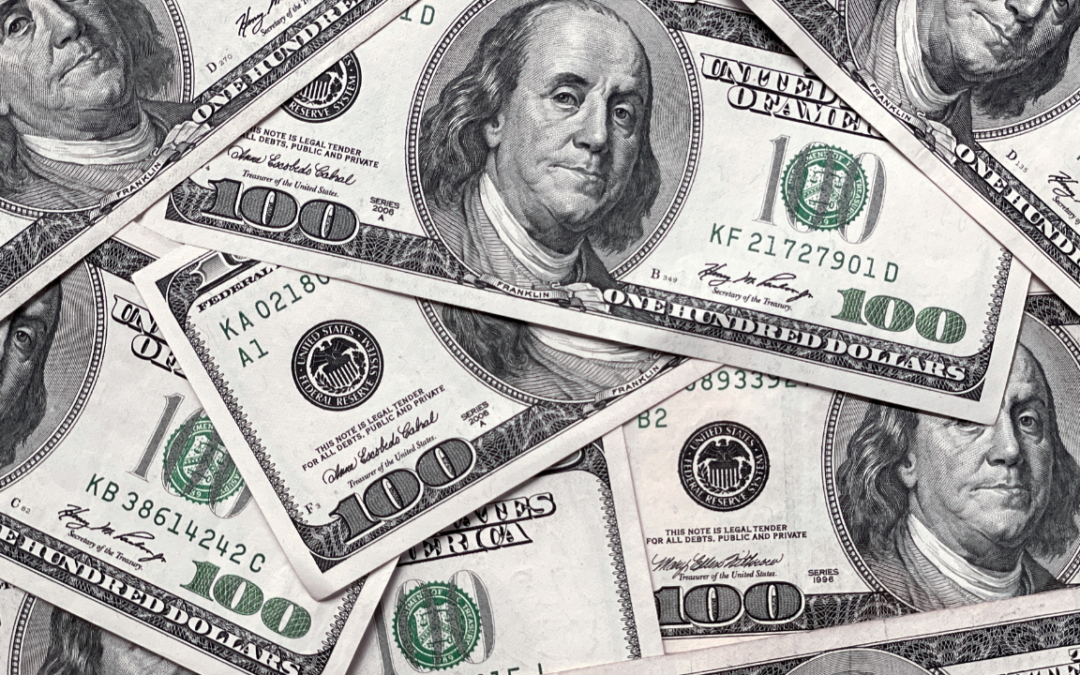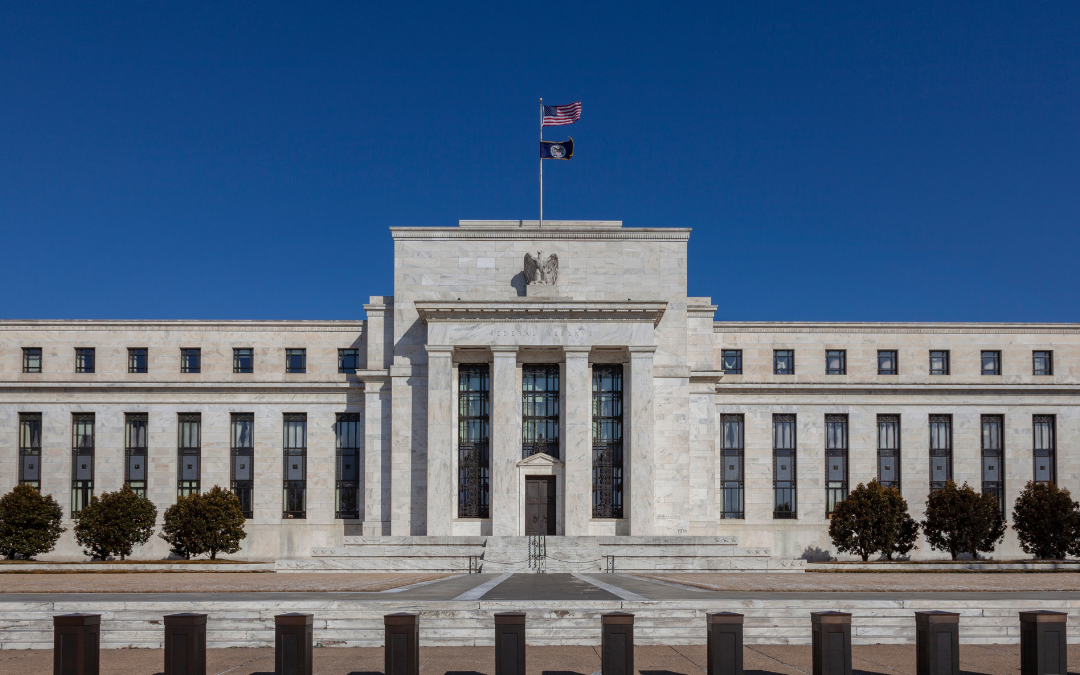This past week, the S&P 500 reached all-time highs. Yet the market’s recent peak will prove ephemeral if not supported by stronger foundations.
This upcoming week, the Federal Reserve will hold its annual Jackson Hole conference, albeit virtually. That’s a shame, because the absence of the Tetons removes a reminder that the most difficult ascents are only possible with careful planning, strategy and teamwork. Despite much preparation, the Fed risks a dangerous solo ascent, one that is unlikely to succeed.
To understand why, it is useful to first understand the disconnect between soaring equity markets and pandemic-stricken economic growth, and their relationship to policy fundamentals.
In world equity markets, growth stocks, particularly (very) large capitalization technology stocks such as Apple or Amazon, continue their decade-long outperformance versus value stocks, i.e., those that trade on low prices relative to their earnings. Similarly, quality stocks—companies with little or no debt and reliable earnings—are outperforming dividend yielding stocks.
Investors steadfastly prefer visible growth, even at very high valuations, to everything else. The upshot is that a few companies that fit the bill have begun to dominate the broader market index. That is a key reason why one of Wall Street’s oldest adages—‘the S&P is not GDP’—rings especially true today.
Narrow equity leadership reflects a truncated global recovery. On Friday, Eurozone purchasing manager indices revealed a slower pace of growth than anticipated. In China, retail sales have stagnated. In the US, a political stalemate risks pushing fresh fiscal stimulus off until after the November elections, perhaps even into 2021. Meanwhile, global pandemic risks remain unresolved. Without visibility or confidence in a sustained global recovery, investors are reluctant to rotate into cheaper cyclical or value stocks, opting instead to pile further into proven winners, above all in the technology space.
Elsewhere, the message is much the same. Global bond yields drifted lower this past week, echoing an uncertain economic outlook. The US dollar languished near recent lows in global foreign exchange markets, reflecting concerns that the Fed will have to shoulder more of the responsibility for the US recovery if domestic politics blunt fresh fiscal stimulus.
As the Fed gathers around its home computers, instead of around Jackson Lake, many expect Fed Chairman Powell to endorse a variant of inflation-targeting over the cycle, permitting the Fed to ease more and for longer in order to bolster growth and to reinforce its commitment to its inflation objective.
Monetary policy, however, has lost much potency. Despite record low interest rates, US household borrowing contracted at mid-year. Firms have slashed investment in new plant and equipment, and gross fixed capital formation fell by over a third at annualized rates in the second quarter of 2020. While the Fed has nearly doubled the size of its balance sheet in less than five months, most of the liquidity rests idle in bank reserves.
An effective monetary policy operates via several mechanisms. Unfortunately, none of them works very well at the moment. Central banks can offer cheap financing for government spending, but that’s of little use if the political consensus to act breaks down, as it has in the US. Easy money can induce borrowing and spending in the private sector, but that requires a fall in the real rate of interest, which is difficult to achieve if inflation is also falling. Slashing interest rates can weaken the currency, making exports cheaper, but if foreign economies aren’t growing overseas sales won’t pick up much. Monetary easing boosts asset prices, but if the associated increase in wealth is in the hands of the ‘haves’, overall spending won’t increase much.
Many of these challenges will be on the minds of central bankers as they exchange views over Zoom. Absent the towering Tetons, central bankers may struggle to find much monetary inspiration.
We believe that Chairman Powell will indicate the Fed’s willingness to tolerate higher inflation. He may emphasize the need for symmetrical inflation outcomes around a 2% objective, permitting the Fed to accommodate an overshoot of inflation now, after a prolonged period of below-target outcomes. If so, the Fed’s intention will be to lower real interest rates via a rise in longer-term inflation expectations.
Lowering real interest rates is necessary to boost the effectiveness of monetary policy. But it is not sufficient. As Keynes pointed out nearly a century ago, the real rate of interest will not equilibrate savings and investment at full employment if confidence in the future (‘animal spirits’) is eroded. Still, in the absence of supportive fiscal measures, the Fed must do what it can.
A ‘looser-for-longer’ Fed, acting on its own, is likely to reinforce worrisome trends in financial markets. Investors will remain fixated on stable growth companies and will shun the temptation to rotate into cyclicals or value. Nominal bond yields will remain depressed or fall further, even if market measures of expected inflation move higher. The US dollar will continue to struggle against other major currencies. And gold prices will continue to advance.
Relying on monetary policy alone risks perpetuating unsustainable outcomes, including excessive equity market valuations. That’s not the fault of central bankers, who are mandated to do what they can. Fiscal policy must be jump-started.
Yet even the combined efforts of monetary and fiscal easing are, at best, quick fixes to bridge economies and societies to a post-pandemic state where longer-term issues regarding public health, sustainability and productivity must be tackled.
This week, this missing Tetons will cast a metaphorical shadow over the Fed deliberations. The reason for their absence will be a powerful reminder that we still have our most difficult climbs ahead.



